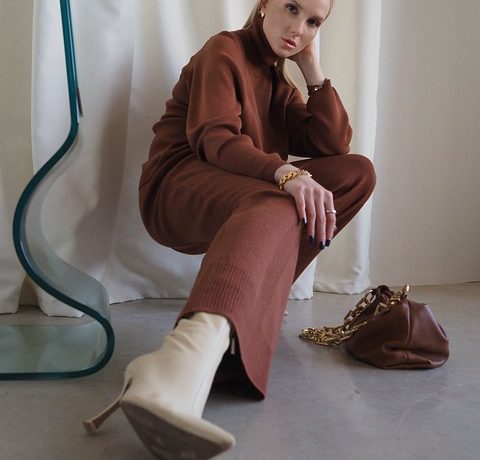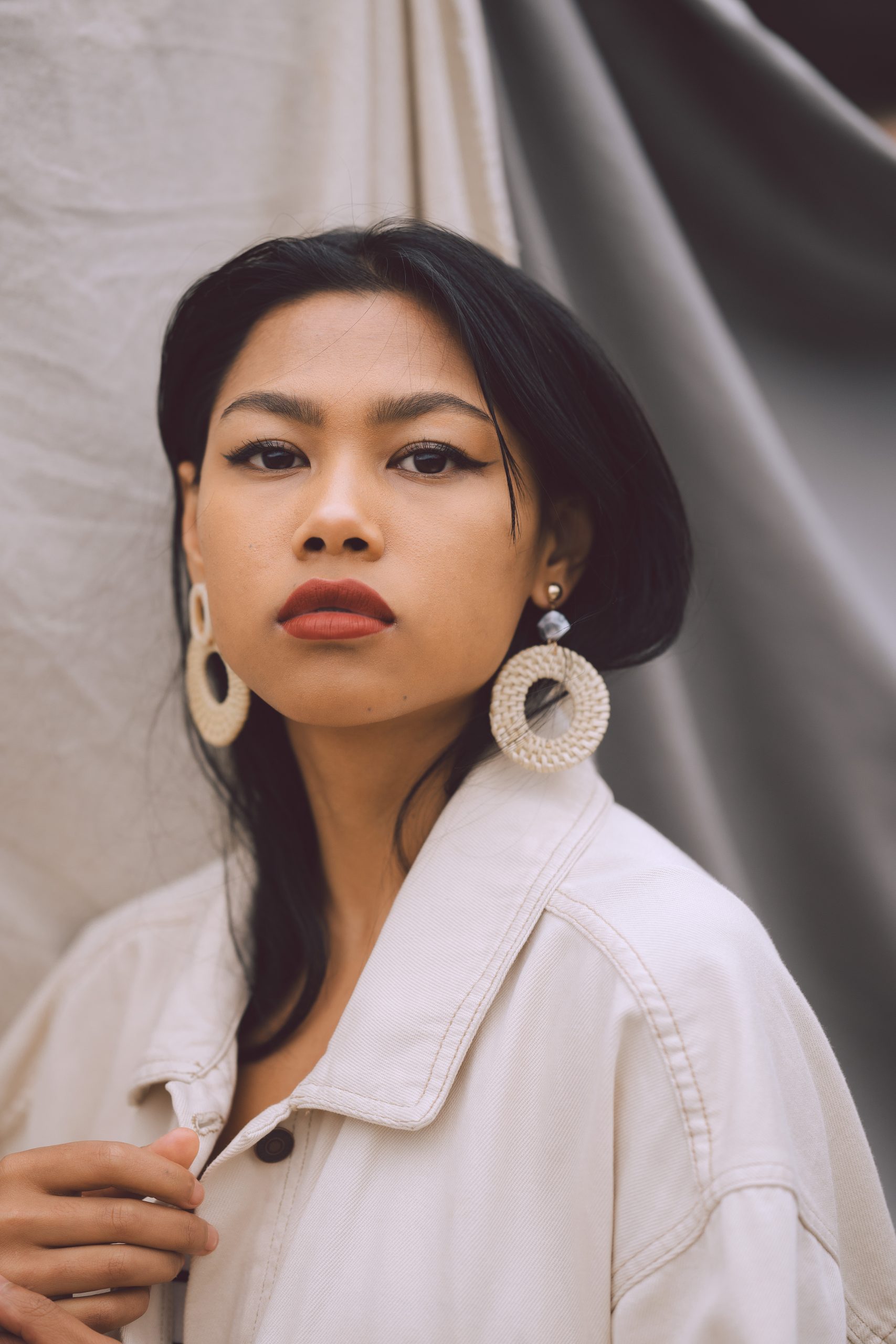With Alexander Wang, Proenza Schouler, and Rodarte—to name a few— pulling out of New York Fashion Week, one has to wonder if the world is searching for a new fashion hub. If it is, the search goes further than the Western cities of the past. Seoul, South Korea steps up to the plate as its Fashion Week gains more and more attention. Korean fashion has been on a rise in the West for a few year, but now it is clear to see that the future of fashion can be found in the East.
Perhaps this shouldn’t be surprising. Since the early 10s, an infectious obsession with Korean music, tv, beauty products, and technology has run rampant in the US
 and Europe. The nation’s status as cultural trendsetter has been thoroughly established, so it only makes sense that now come the clothes. However, as the city’s Fashion Week reaches adulthood this year after beginning in 2000, it has taken some time for Seoul’s style to reach the international stage—Chanel only had its first show in Seoul in 2015 and they were quickly followed by Dior who opened a six-story flagship store only a few months later. Nevertheless, almost every major Western fashion magazine has included a piece about the Seoul’s rise in the international fashion world.
and Europe. The nation’s status as cultural trendsetter has been thoroughly established, so it only makes sense that now come the clothes. However, as the city’s Fashion Week reaches adulthood this year after beginning in 2000, it has taken some time for Seoul’s style to reach the international stage—Chanel only had its first show in Seoul in 2015 and they were quickly followed by Dior who opened a six-story flagship store only a few months later. Nevertheless, almost every major Western fashion magazine has included a piece about the Seoul’s rise in the international fashion world.
Korean fashion also looks massively different than what one would expect from most Western brands. Compared to the chic looks expected of Paris, the sharp tailoring of Milan, and the utilitarianism of New York, Seoul offers a fashion born from the streets. Overall it looks like 90s hiphop style mixed heavy androgyny and logomania or, in other words, Korean fashion has taken on sensory overload in a physical manner. It as though the entire city has taken the Western fashion scaffolding, took some inspiration, and then tore it down to create something wholly singular. It is pointedly young and, to be a part of it, demands swag.
Perhaps some of reason there has been such a slow-burn in regard to Korean fashion in the West—especially when compared to the rapid spread of KPOP and other Korean media—comes from the genderless vein much Korean fashion takes  on. Rather than have different shows for men- and womenswear, Seoul only has one Fashion Week which features male and female models walking the same runway; there is no true gendering of clothes.
on. Rather than have different shows for men- and womenswear, Seoul only has one Fashion Week which features male and female models walking the same runway; there is no true gendering of clothes.
In a country that was only formed 1953, there are no 100-year-old fashion brands; the legacy isn’t there. So when aspiring designers leave school, they don’t have established fashion houses to go work in. Instead, the young, talented designers must lead it themselves. Thus, the youth-driven fashion rife with modern pop culture fills the streets. Given South Korea’s cultural impact in the West before, as well as the growing attention given to Seoul Fashion Week, hopefully we will be injected soon with some of these over-the-top clothes.
Read more Fashion articles at Cliché Magazine
Seoul, South Korea is the New Fashion Capital of the World: Images provided by @kuraeji on Instagram



